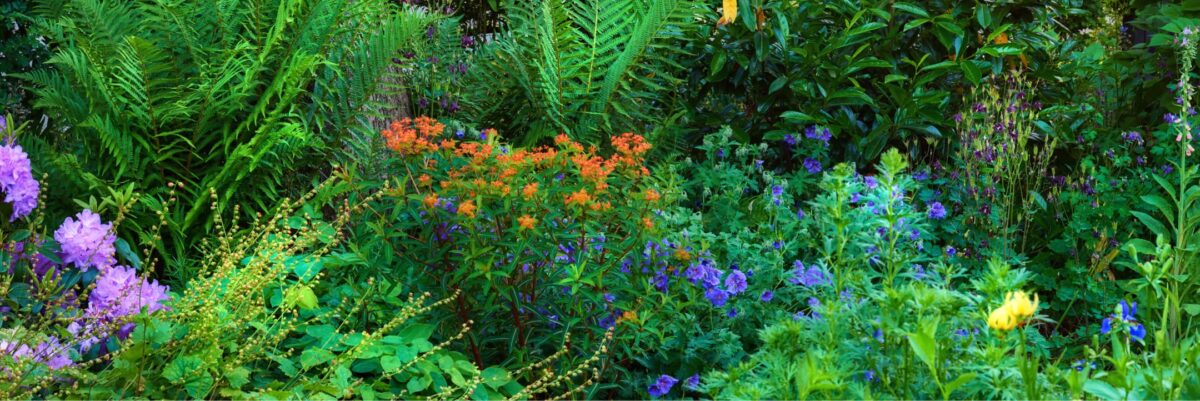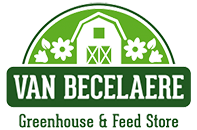A Guide to Growing a Successful Chaos Garden

Posted on May 1, 2024 by Van Becelaere Greenhouse
Unlike “Mary, Mary, Quite Contrary,” chaos gardens don’t grow in “pretty [little] rows.” Instead, they grow unstructured and chaotic, with plants germinating and blooming at different rates.
Despite their randomness, these gardens are still beautiful. With the right guidance and support, a garden of this nature can be a successful and rewarding project.
Selecting Plant Species
When selecting plant species for a chaos garden, it’s essential to select diverse plant life that will thrive in different conditions and bloom at different rates. This creates a dynamic and ever-changing landscape. Consider any form of annuals, perennials, and biennials, as well as plants of varying heights, colors, and textures, to add visual interest and biodiversity to your garden.
Where to Begin?
Dig out those seed packets you’ve stashed away from previous seasons. You begin by selecting the flowers, fruit-bearing seeds, herbs, and vegetables you want to plant. Regardless of the expiration date on the seed packets or when you plant your seeds, you never know how your garden will grow, and that’s part of the fun of a garden.
Next, sort the seeds by size. Grouping larger seeds in one container and smaller seeds in another. Planting larger seeds first may have better results because you are likely working with seeds that are a few years old.
In an effort to help your seeds germinate, consider pre-soaking them in a moist paper towel, and place in a warm location for two to three days. Afterward, sort through the seeds, discarding those that show no signs of germinating. Then, mix a scoop of dry potting soil into each bowl to help scatter the seeds in a random pattern.
Sow Your Seeds
Plant the largest seeds first. Grab a handful of mixed large seeds and scatter the assorted seed blend evenly across the soil surface. Then, layer on one inch of potting soil, manure, or compost. Spread a half-inch to one-inch layer atop the larger seeds. Next, scatter the small seed mixture over the newly laid soil and blanket the smaller seed with another layer of organic matter.
Tending to a Garden
After quasi-planting your chaos garden, let nature take its course. You can wait for rain or let the area grow wild, letting weeds flourish and propagate.
On the other hand, you can choose to nurture your garden however you see fit. You can supply it with sufficient water, install lattice supports, pull weeds, and harvest what you grow. It’s entirely up to you!
The Nature of a Chaos Garden
The fun part of having a garden like this is seeing what sprouts up first. It’s okay if nothing does, though, because the whole point of a chaos garden is to let go of organization and embrace randomization. No matter what sprouts up, the team at Van Becelaere Greenhouse hopes you had a lot of fun and made room in your seed stash for next year.
Stop by the Van Becelaere Greenhouse in Pittsburg, Kansas, on your next trip to town or call ahead to discover what seeds. They have plenty of seeds to choose from and starter plants to get next year’s seed storage built up for you.
